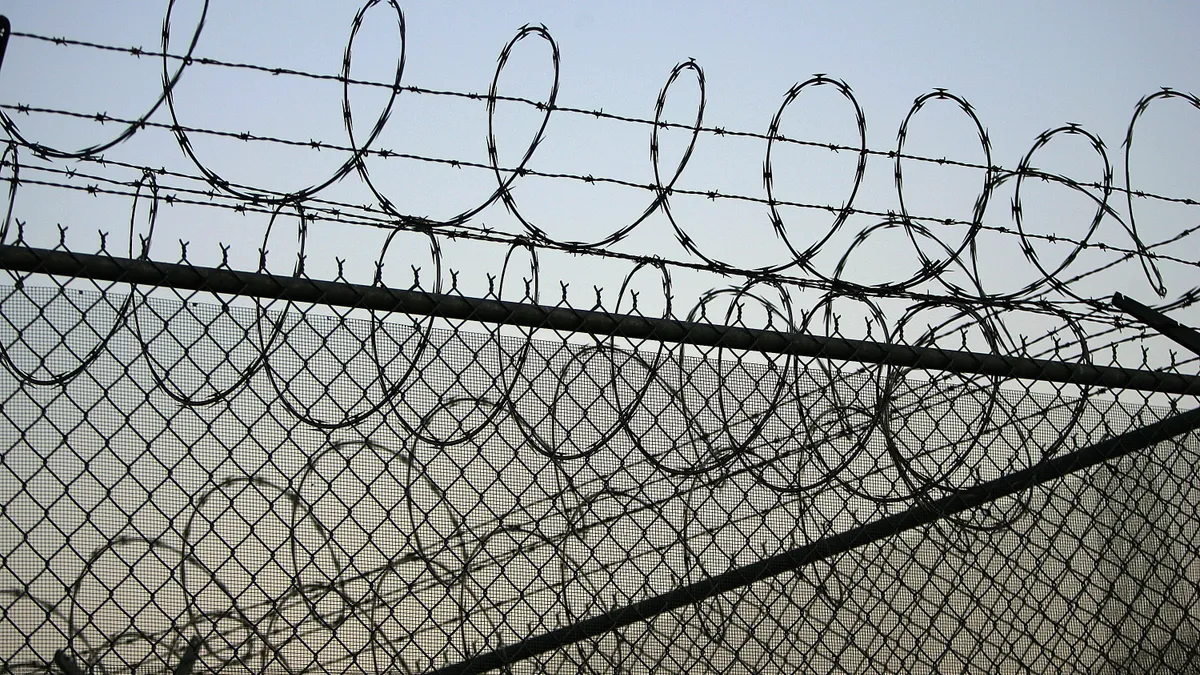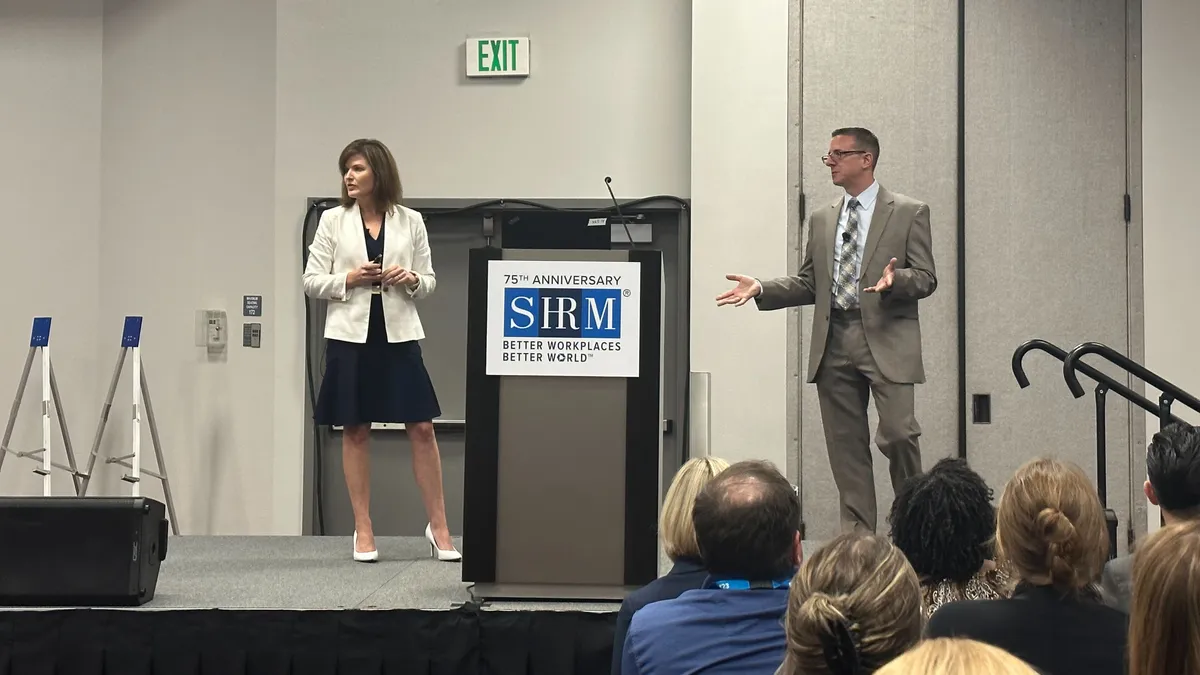Dive Brief:
- Companies that want to embrace second-chance hiring need to practice empathy for the challenging position those who have been incarcerated face, Amy Lopez, former deputy director of the D.C. Department of Corrections and CEO of Past the Edges Consulting, which works to improve education within prison systems, said Monday at the Society for Human Resource Management annual conference in Las Vegas. What may come across as absenteeism or poor performance could actually be tied to an untenable situation at home, such as struggles with transportation, child care or money, Lopez said.
- She recommends employers ask the right questions when problems arise about what’s going on in the workplace and at home to show support for workers and offer training on technology and soft skills. Many of those who have been incarcerated don’t have a mastery of modern technology or haven’t worked before or in a very long time, she explained. And, during the hiring process, employers can ask candidates what types of programs they were involved with, if available, while they were incarcerated and what kinds of transferable skills they might have.
- “One of my biggest pieces of advice is to just be aware [formerly incarcerated people] have a lot going on. You may have to be the person to start the communication. They may be just hanging on by their fingernails, and they won’t tell you,” Lopez said.
Dive Insight:
Across the country, companies are implementing second-chance hiring programs to tap into new talent pools, fill positions and improve their DEI efforts. These programs give formerly incarcerated job seekers another shot and a way to rebuild their lives.
Those who have been incarcerated have an unemployment rate of more than 27%, the Prison Policy Initiative, a research and advocacy organization, found. And 46% of unemployed men in the U.S. have been convicted of a crime, a February 2022 report by the RAND Corp. said.
Lopez recommends companies looking to launch second-chance programs pair up with community partners to help provide workers with wraparound support services and training.
“You get out, and you have absolutely nothing,” Lopez said. “They don't know where to go.”





















